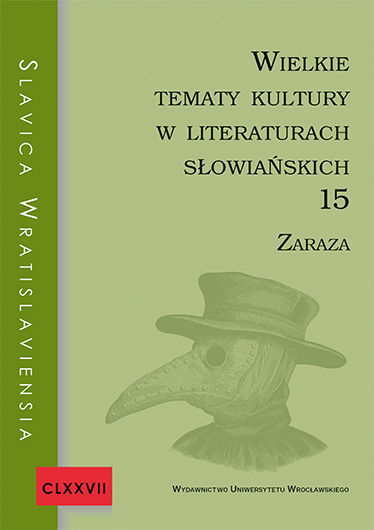

Articles

Yana Vagner’s novel To the Lake (2011) is called prophetic because the writer faithfully depicted a state of global pandemic, when there was no real-world precedent to such a situation in a contemporary setting. A pandemic is not only a litmus test that allows one to determine the state of society and the individual when faced with extreme conditions, but also a force that transforms reality. This article describes the peculiarities of the literary space in Vagner’s novel, as well as spatial metamorphoses caused by a fast spreading virus. The study is based on Michel Foucault’s idea of heterotopia and Marc Augé’s concept of non-places, and leads to the conclusion that the pandemic leads to the expansion of “no-man’s spaces” and heterotopic spaces. This includes residential buildings, vehicles, roads, towns, villages and cemeteries. The article also examines the parallels drawn by Vagner between the epidemiological catastrophe and World War II.